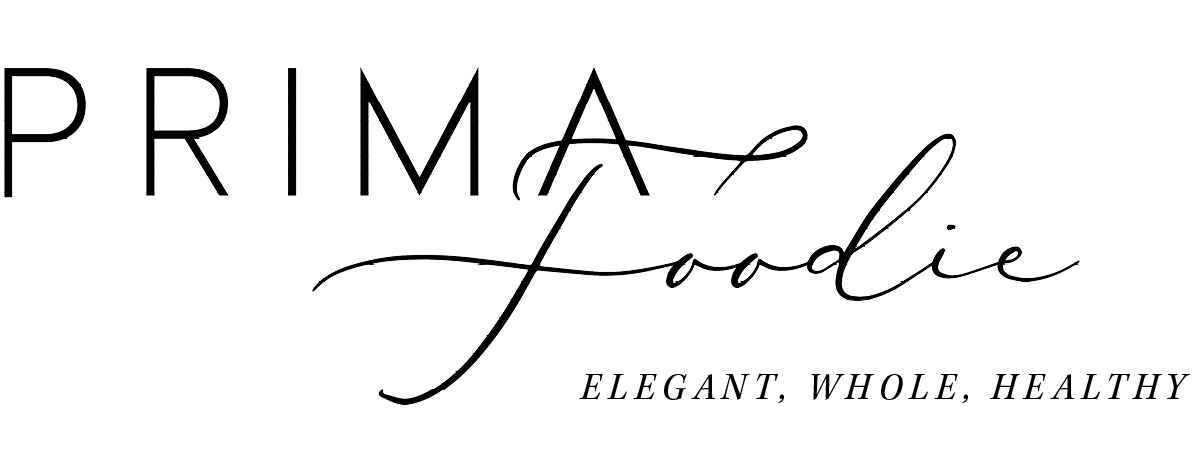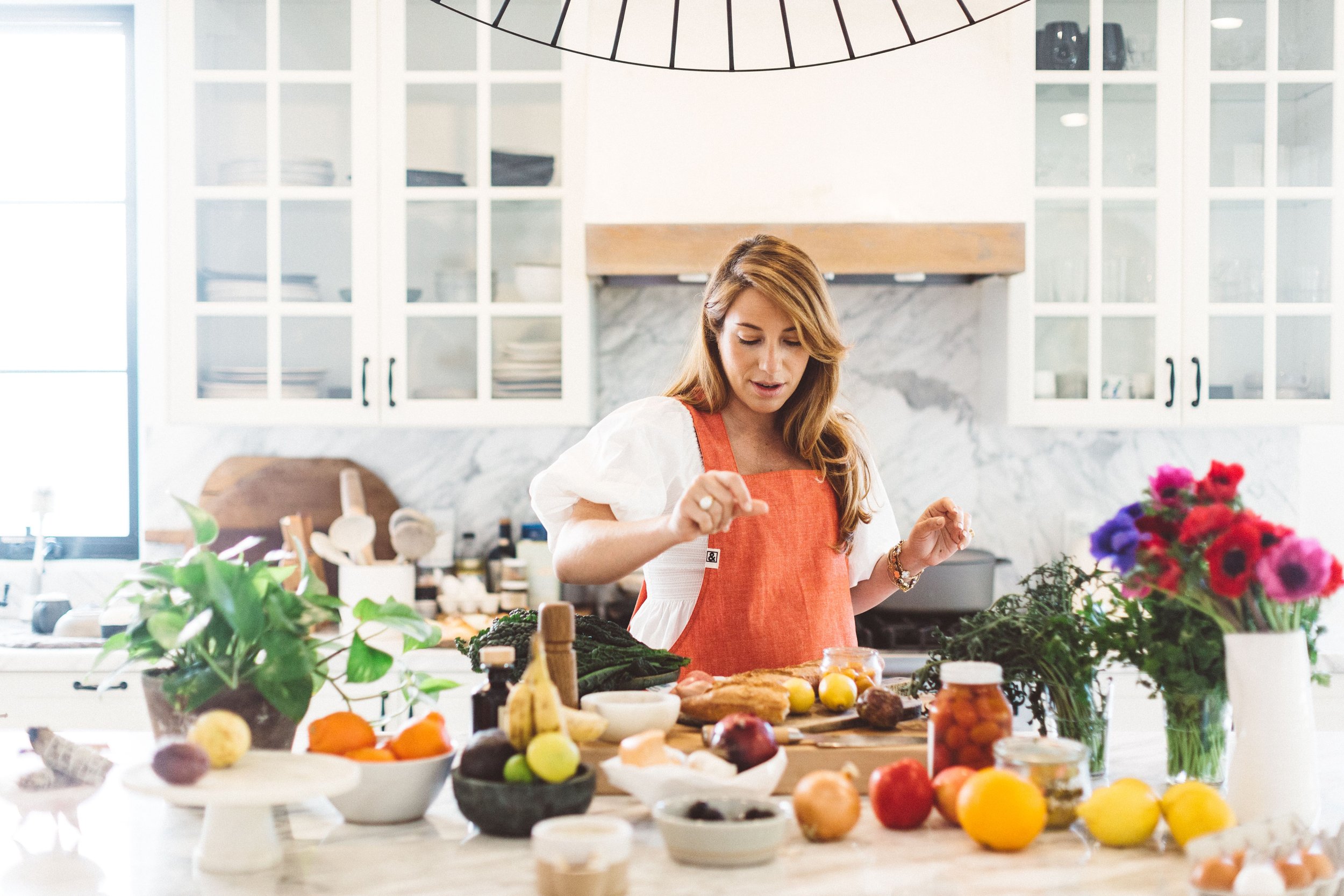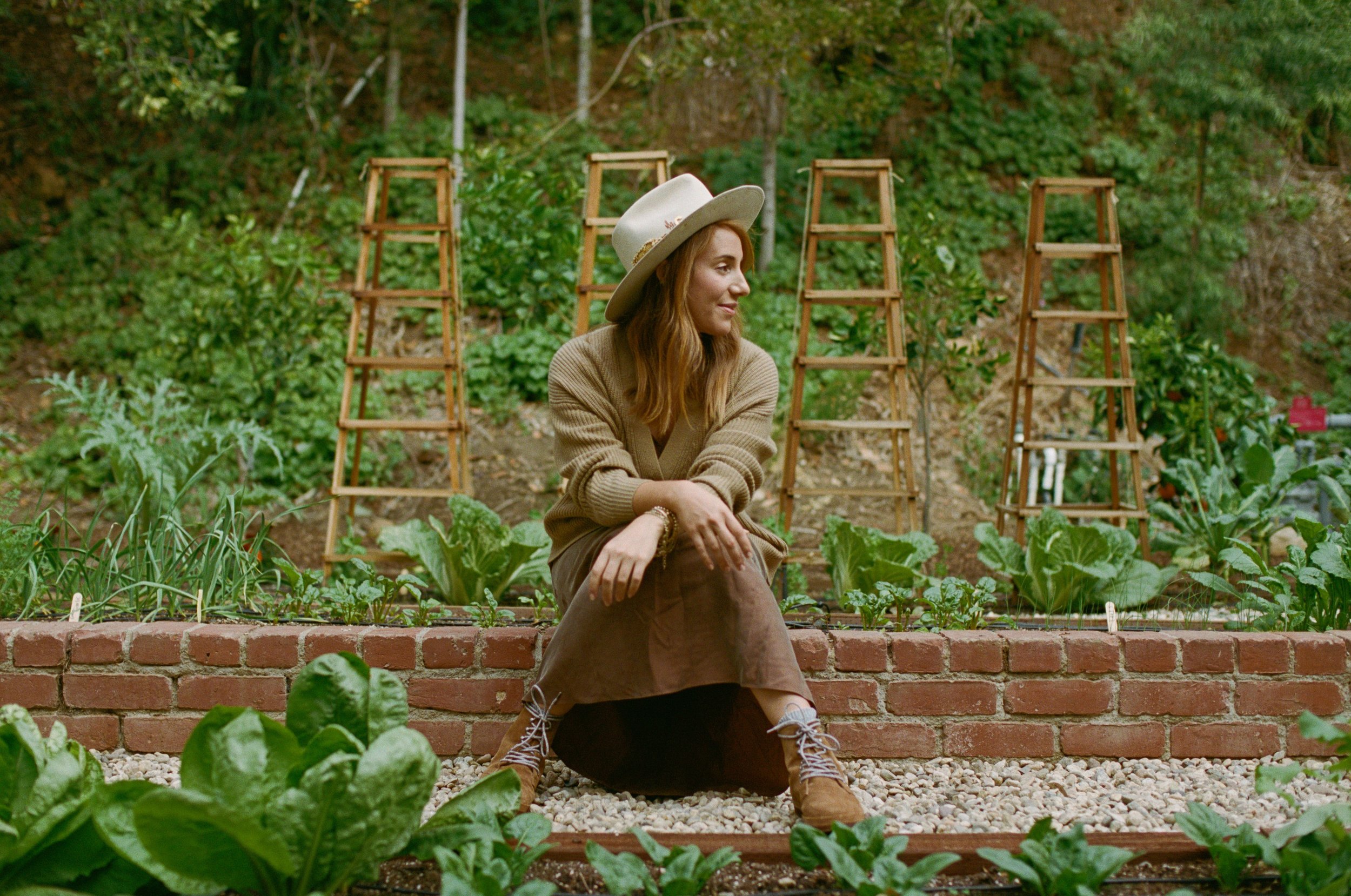It can be quite easy these days to imagine a bleak future for the bees. That is the narrative that a vast amount of the media portrays. We hear about colony collapse, dwindling hives, the increased use of toxic chemicals in beekeeping. These are real issues that have been happening—and that continue to take place. But where the light is often not cast is on the other end of the problem: What in our food systems and in the market are propelling this to happen? “It’s difficult to cover a story in all its complexity,” says beekeeper and educator Noel Patterson, “and it is simple to say that keeping [some of] these practices is bad. But I do think that the full context of the story is: Why are those practices necessitated?”
Patterson, who has a rich history as a sommelier and wine distributor and now educates and leads workshops about beekeeping at Miraval Resort and Spa in Tucson, aims to widen the conversation around our food and where it comes from. His work as an independent beekeeper incites us to ask more questions. And while Patterson sticks to beekeeping practices that align with his values, he is adamant about respecting the need of beekeepers to employ certain practices—even if they don’t align with his standards—to make a living. As he says, the story is complex and requires the full context—which is why we recently asked to speak with him about honey, the bees, and the greater context of contributing toward a better food system.
The work Patterson does today, he says, has become a way to give back—one that he never imagined. “It’s given me a purpose. I'm not just working for the paycheck. My work actually makes the world a better place, which has been the most rewarding thing for me.”
This interview has been lightly edited and condensed for clarity.
A Conversation with Noel Patterson
We read that professional beekeeping was never in your plan. Yet here you are, 13-some years later, with a thriving small beekeeping business. What was the catalyst?
I had a girlfriend who was an organic farmer. The local community food bank here is wonderfully progressive and they had a farm for a period of time where they were growing food to supply a series of farmers’ markets that they were starting around town. The intention of the farmers’ market was to accept WIC coupons and food stamps, and to bring the market to the people and places where good food was needed the most.
She was working on the farm, so we came together over issues regarding food and how it intersects with many other issues, including environmental and social justice issues. Years later she just gifted me with a hive. I grow a lot of my own food in my own yard. I’ve a bunch of fruit trees. I grow vegetables, raise chickens… but the one thing that I didn't have was sweet. And her logic was that [the hive] filled in an important gap in my personal food production system. Now that being said, it still completely took me by surprise.
And then beekeeping really evolved for you…
When you’re selling wine to restaurants, you're really just hanging out in restaurants, talking to people who care about food. They have a passion for it to have dedicated their livelihood to it, to feed their community. These are people who understand good foods. So it made sense for me to share what I was doing with them. I was proud of what I was doing. I knew they could tell a difference. Feeding people is a profound act, a deeply nurturing act. So I started to share my honey with people that I was doing business with.
One thing led to another, and I wound up partnering with a number of restaurants where they would pay for the startup cost of a hive. The intention was not necessarily to try to make a business out of it, but I found myself engaging with my community in a really meaningful way. It deepened my connection. Part of the sadness of modern American living today is that most of us don’t feel like we have purpose-driven lives. And this introduced some purpose into mine. And I was doing some good for my community. Some years later one of my accounts in my wine business formed an initiative examining sustainability. As part of that conversation, they wanted to talk about all the stuff we're hearing about with bees. So one thing continued to lead to another.
What are your values when it comes to managing your bees and how you treat your hives?
There is a range of practices. Let’s look at chickens: You have everything from people who keep backyard chickens where they give them names and treat them like pets. Then you have factory farms where you might have 10,000 chickens in a cage that's a couple hundred square feet. They’re just producing machines and not even treated like the living sentient beings that they are. And there’s a whole range of practices in between those two ends of the spectrum. The same exists with bees. And there are a lot of practices out there that are a common place that I do feel are not good for the bees. But I am sympathetic to the needs of beekeepers who follow those practices to create a living—because this is a market-driven phenomenon. Every beekeeper that I've ever known, regardless of where they are on the spectrum, is a good person. They're doing good work and they would be following what I feel are the best practices if the market could support the costs of production for people to make it that way. The matter is, until Americans are willing to spend $30 or $40 on a jar of honey, which is what it costs, then people are going to have to follow those practices. So the fault doesn’t lie with the beekeeper so much as it does with the market.
Ultimately, it’s an education issue. So it is very important to me to be clear that I'm not judgmental of beekeepers who have to make a living. I’m in a very fortunate position where I make my living teaching classes. I can afford to treat my bees in a way that's completely just not economical. But if I had to make honey for living, I couldn't follow these practices. It’s difficult to cover a story in all its complexity, and it is simple to say that keeping these practices are bad, but I do think that the full context of the story is: Why are those practices necessitated?
Dually noted—and appreciated that you’ve said this because this is symptomatic of other aspects of the food industry, where small farmers are up against a lot. With this said, what are some things you prioritize in your beekeeping?
If I have healthier bees, they're going to be more productive over the long term. Many beekeepers will harvest almost all the honey and feed the bees back sugar syrup. To be clear, I will do that in an emergency. I had to this past year because there's a severe drought. If I didn't the bees would have died, but I try to keep it to a minimum.
Beekeeping is a chemical-intensive industry; there are a number of parasites that can exist on bees that they have to be treated for. I use organic treatments, but there are a number of non-organic treatments that I feel long-term or are not healthy for the bees or humans who are consuming products of the hive. I have no problem with moving bees to pollinate crops, but the way that it's done can involve a number of practices that can be compromising the health of the bees—so that’s not something that I participate in. A lot of beekeepers use artificial comb that dictates the structure in the hive. I think if you allow bees to build things that they see fit, you don't impose the structure on them, that it gives them a tool to be resilient in the face of a lot of these environmental stresses.
But with all this said, this means that my yields for honey are probably about 30 percent of an average beekeepers’. But I see it like wine: You can either produce a lot of crappy wine or you can produce a small, very focused amount of much higher quality wine. And there's an inverse ratio between quantity and quality that is as true of honey as it is for wine.
Let’s take a wider look at things. Why are bees so critical to our existence?
Bees are important very simply because they pollinate our crops. So pretty much anything that you see that has a flower on it, if a pollinator does not visit the female flower of a plant, it cannot turn into a seed pod. So virtually nothing that you see around us, except for grass, would be here without the bees because these plants couldn’t produce seeds. There are some exceptions to that, but by and large, that's true. So without pollination, we wouldn't have apples, oranges, watermelons, mangoes, or coffee.
Bees are generalists. There are many other pollinators, including hummingbirds, but hummingbirds tend to have more specialized relationships with a narrower range of plants. Whereas bees can pollinate probably multiple thousands of different species. Their impact on the environment is exponentially more impactful. So we are dependent on the service bees provide for our survival. [If} the bees go, we [humans] are done in a very short amount of time.
There are problems with bees. Scientists are saying that the bees are dying. What do we need to know?
In part of why I prefaced things earlier, I don't want to come across as judgmental of other beekeepers, but I do feel that our management practices are a big part of the issue. But the way that this story is covered often quite frankly frustrates me. There are problems with bees. There's a major issue called colony collapse disorder. It is a genuinely big issue, yet to this day they haven't identified a single smoking gun to say that it is due to a single causative factor. But they have identified about a dozen different phenomena that have some clear correlation to colony collapse. There is a category of pesticides called neonicotinoids that’s considered to be neurotoxic to bees. There's a parasitic mite called the Varroa mite, which latches onto the body of a bee and it sucks the blood out, and it can spread bloodborne disease from bee to bee. It’s a ubiquitous problem; I deal with it as much as any beekeeper.
So the media does a pretty good job covering those issues. What frustrates me is that nobody ever really talks to the beekeepers about management practices. In a culture that keeps livestock in some pretty horrible conditions, these are livestock too. For some reason we tend to categorize bees differently, but if you had 90 percent of chickens in factory farms that died off, what's the first thing you would think? Maybe we shouldn't keep 10,000 chickens in a [small] cage. You would immediately go to the farmer and management practices. So my opinion is there are many practices followed in larger scale, industrial scale beekeeping that are somewhat equivalent to the way that we keep pigs in confinement operations.
So there are environmental stresses, but the beekeeper has 100 percent control over how they manage their hives and their management to a large degree tilts the scale towards resilience in the face of these stresses or succumbing to those stresses.
In terms of lobbying for change, on a governmental level or an individual level, that could change this, where are we going?
My take on it is that it’s a system that by design is going to break at some point. We’re a reactive species. If we weren't, climate change would not be an issue—because we see it coming and we've seen it coming for a long time. But we are not proactive in the face of these problems. And it takes a long time to build enough momentum to steer the course of humanity or the government's approach to these problems. The question is, does that momentum for change acquire a certain power before the system breaks? I don't know. But it will tell you, by and large, the bees in the wild here are fine. A lot of these pressures that the bees face, let's say for example, that, you know, something happened in the wild here at Miraval, let's say 90 percent of the bees in the wild died. The 10 percent that survived would've been selected for genes that had some ability to survive exposure to these stresses. And frankly, I'm a part of this. I use organic treatments on my hives, primarily for the mites, and if there is a colony that would succumb to the mites and I apply an organic treatment to those bees, what I'm doing is I'm preserving genes that are susceptible to the mites and will in perpetuity require my intervention to keep them alive.
The wild bees here are tough, they're resilient, but they're very defensive. The wild populations of bees here are fine. This valley has such a healthy population of bees. So my take on things is that it's actually less of a species issue than it is an industrial agriculture issue. The bees are going to be around long after we're gone. But the bees that we're using to provide services that are a benefit to human beings, those are the bees that are suffering. So if you're concerned for the species, I wouldn't worry too much. If you're concerned for humans and the value that bees provide for us, I'd be deeply concerned.
What can we do on an individual level to better this issue?
We get to vote for the president once every four years. Every time we spend a dollar, we are voting for something to exist in this world. And this is simple. It is a privilege to be able to spend more money on a jar, honey—but I’ll tell you what: Privileged people have an obligation to use that privilege for good. And if you're in a position to do it, then by all means you should use those resources to support people who are creating the change in the world that we want to see happen. You can buy a jar of honey at Whole Foods and make Jeff Bezos more money, or you can go to your farmers’ market and you can spend money where it is going to make a difference.
The single biggest difference the people can make, if you want to affect the overall health of the bees in our food systems, is to buy small-scale, locally grown organic food. It doesn’t even have to be honey. Really, the concentration of these practices that are most impactful on bees really comes from the pollination services that they're used for, and those happen mostly in large-scale monocultural environments. The majority of the bees in America that are used for pollination services are in California. These hives are kept all around the country for the majority of the year, but in the spring they are trucked to the Central Valley of CA to pollinate the almond crop. That is where you have the concentration of what, in my opinion, are the most harmful practices. If you are buying from a five-acre farm on the outskirts of town, they're pollinating a variety of crops. So if you have a five acre farm, you have multiple crops that are blooming throughout the year, more than likely you have hedges or you are in an environment where there's native habitat around and you can have a year-round population of bees. And that means you can either keep bees there without having to follow these negative practices, or maybe you even have a healthy enough population of native pollinators that you don't even need to bring bees into the picture. So if you divert resources away from models that necessitate harmful practices, then shift that to models that don't require those practices to be functional, that's the biggest impact. And that’s an easy thing to do.
Noel Patterson is the founder of Dos Manos Apiaries. You can learn more here, and also about his workshops at Miraval here.



